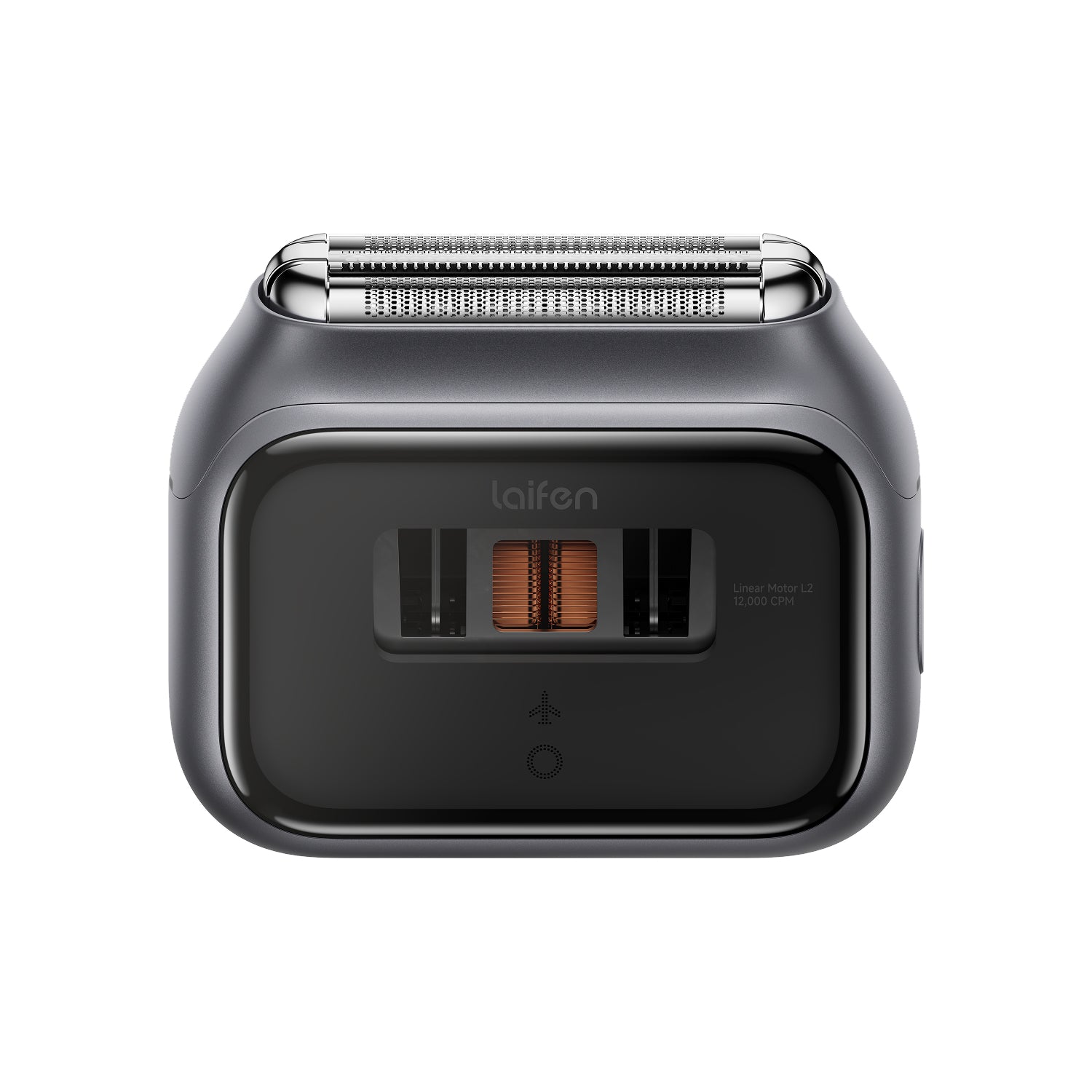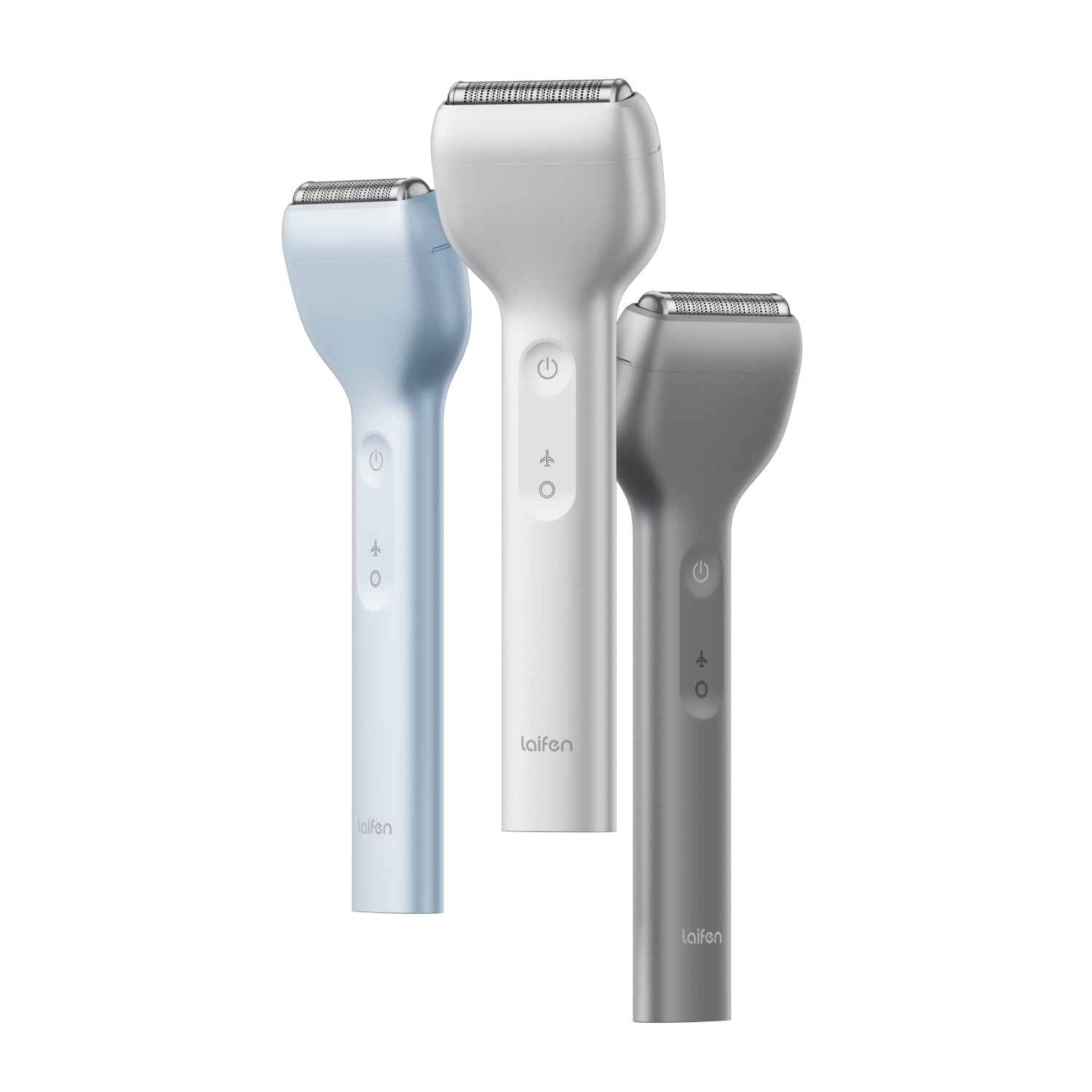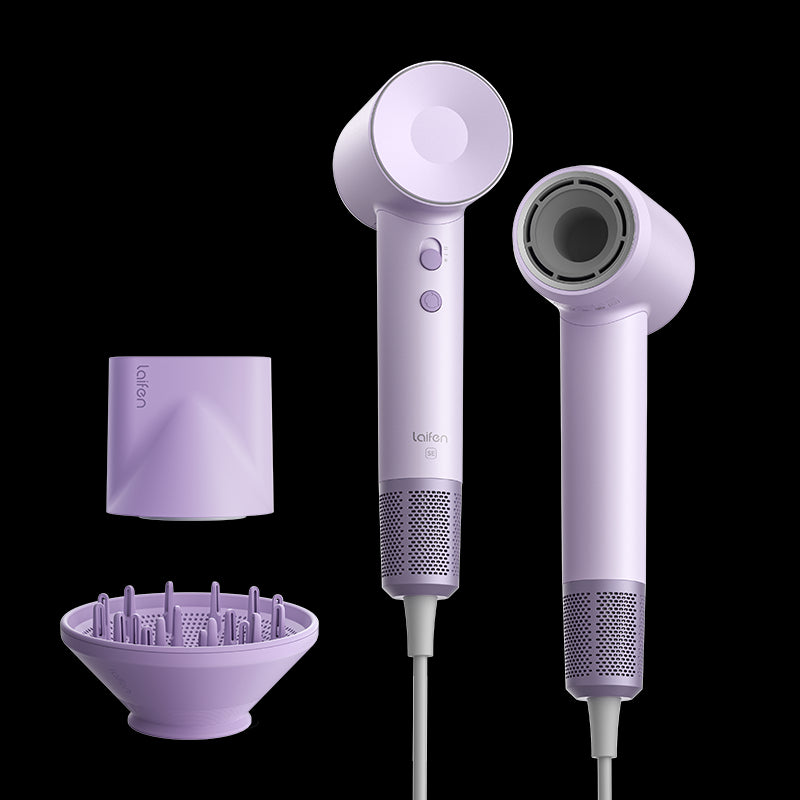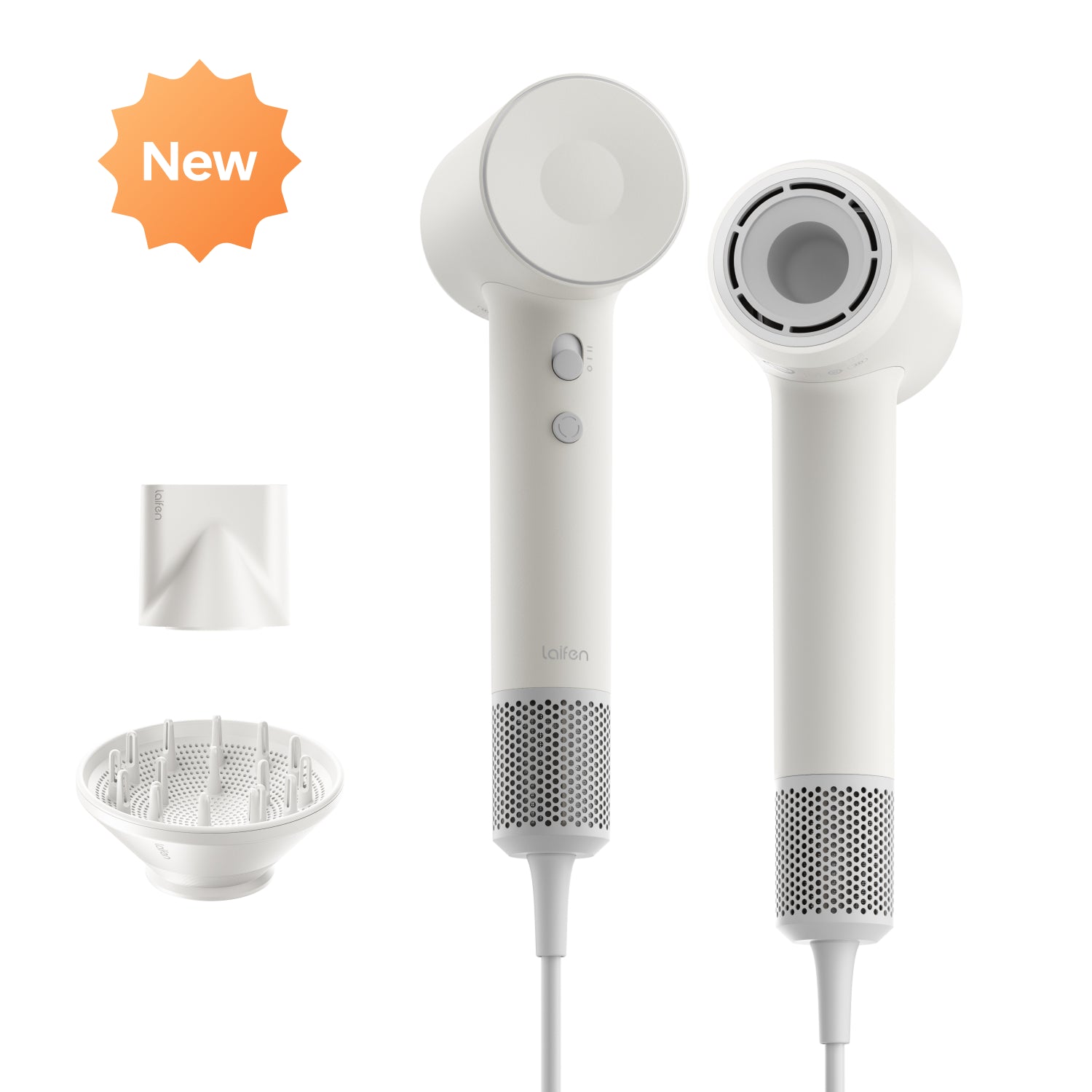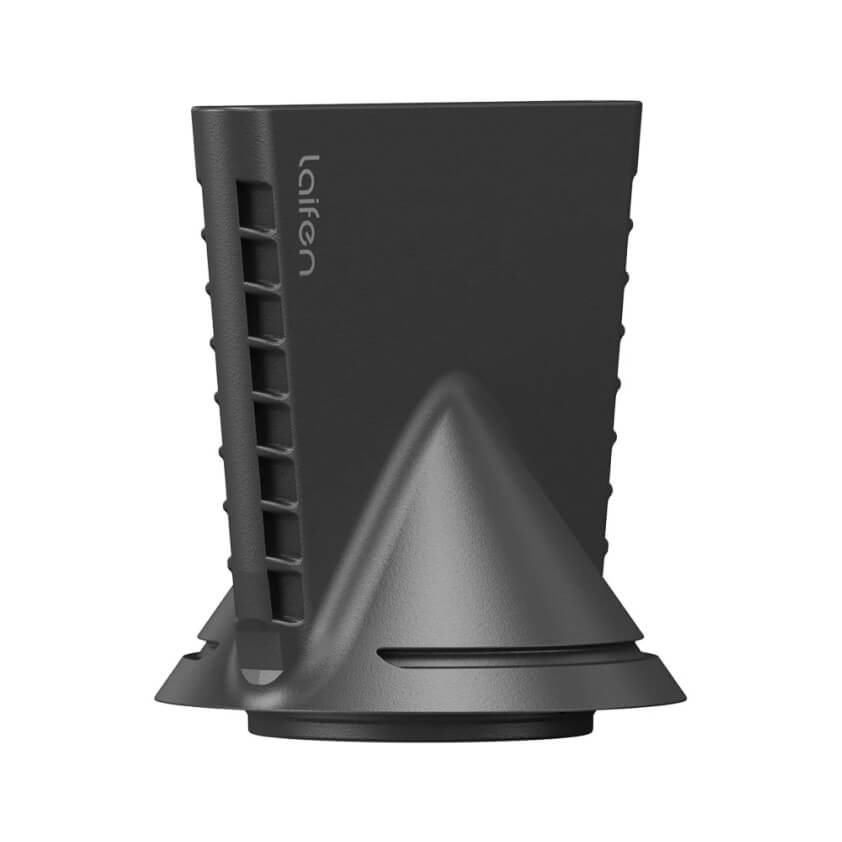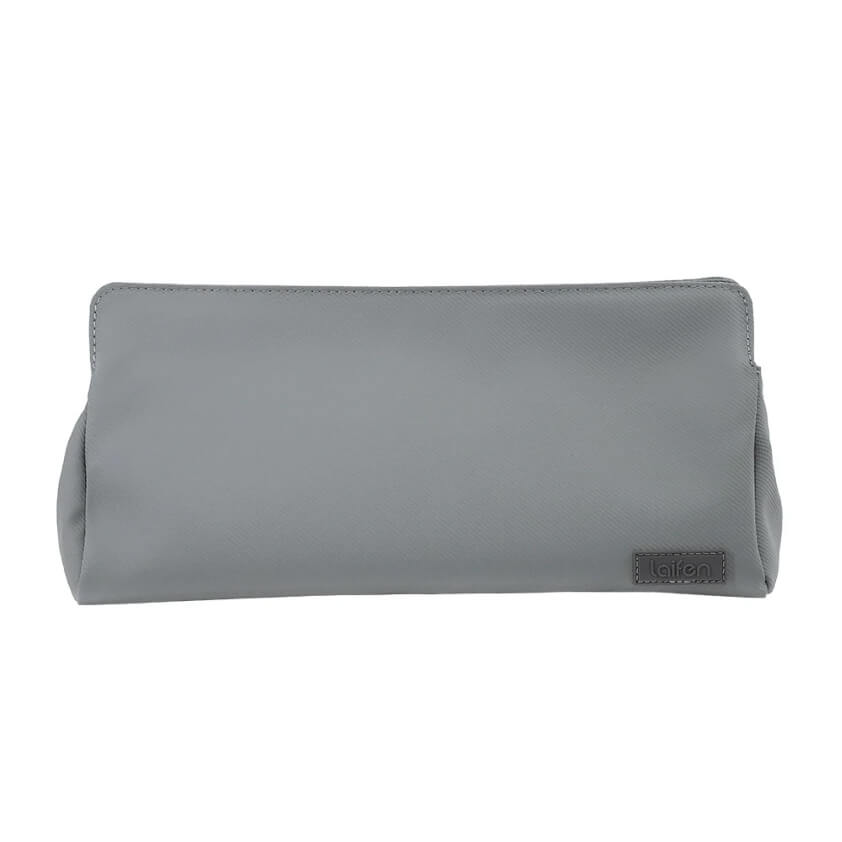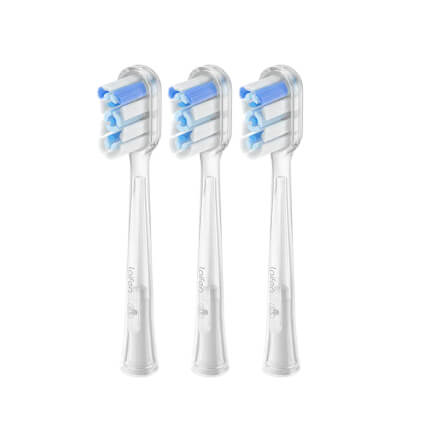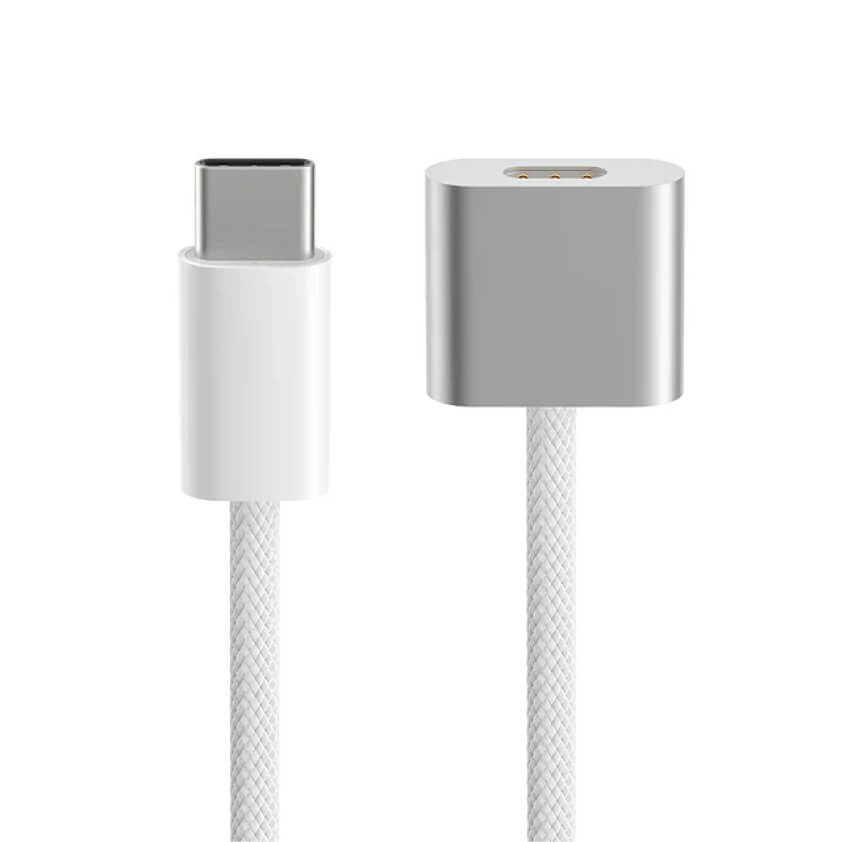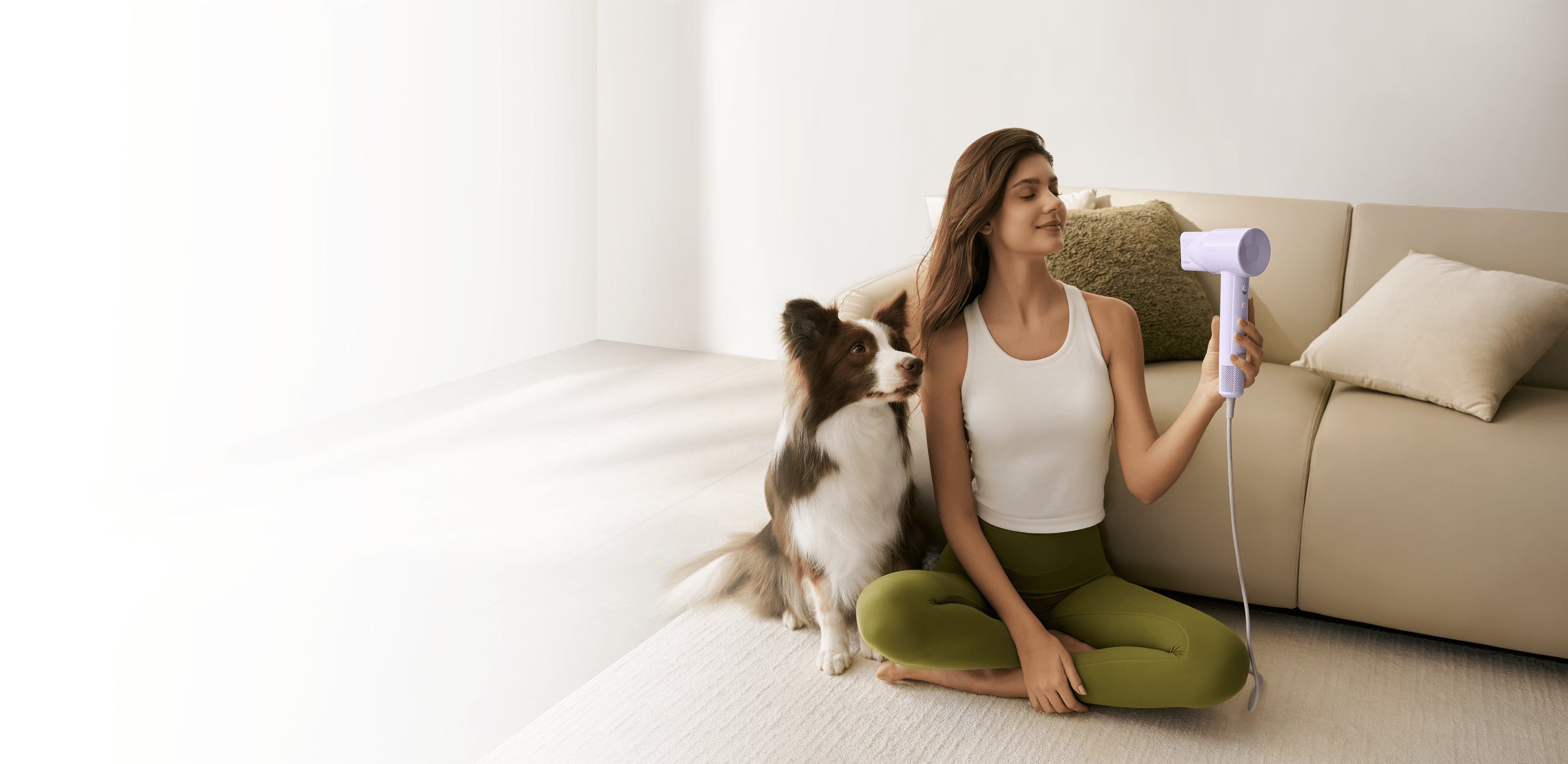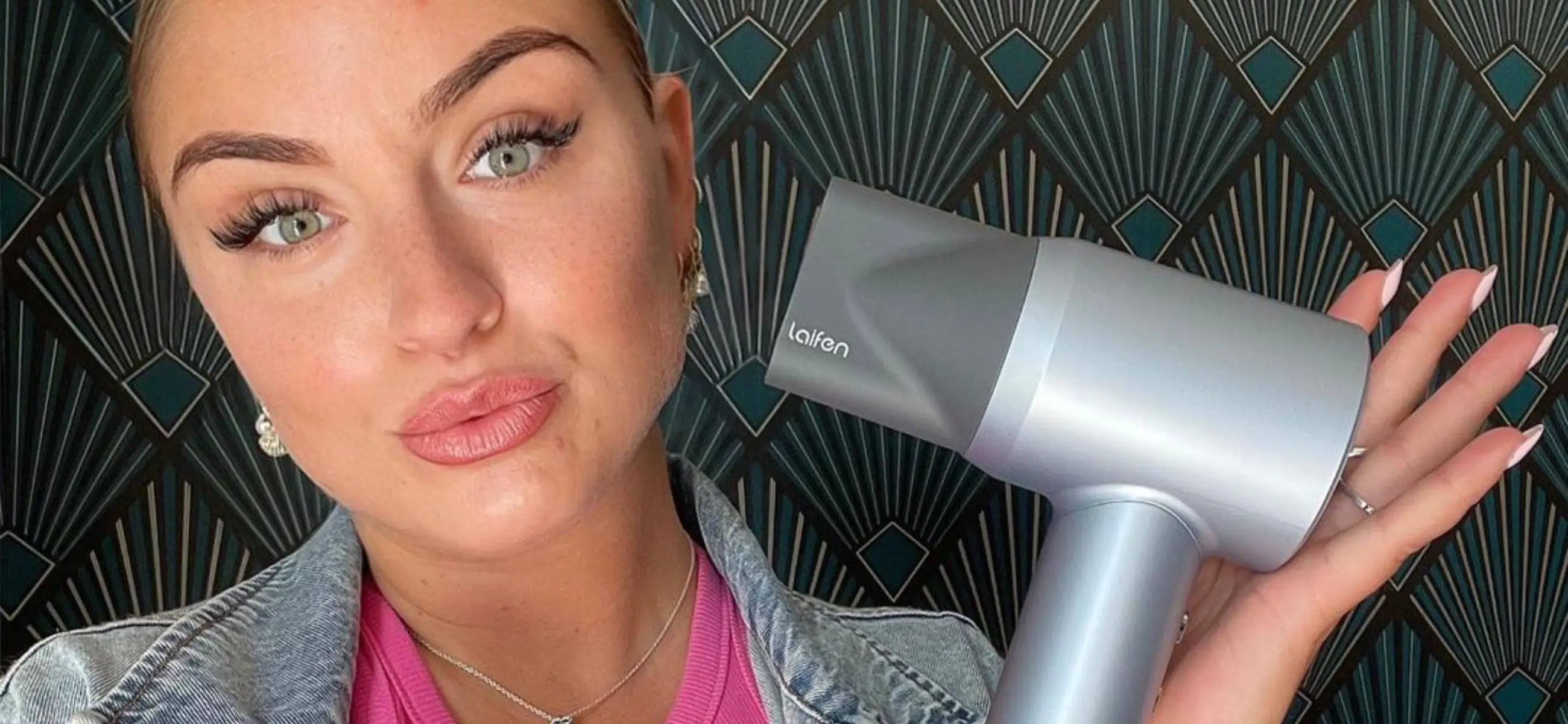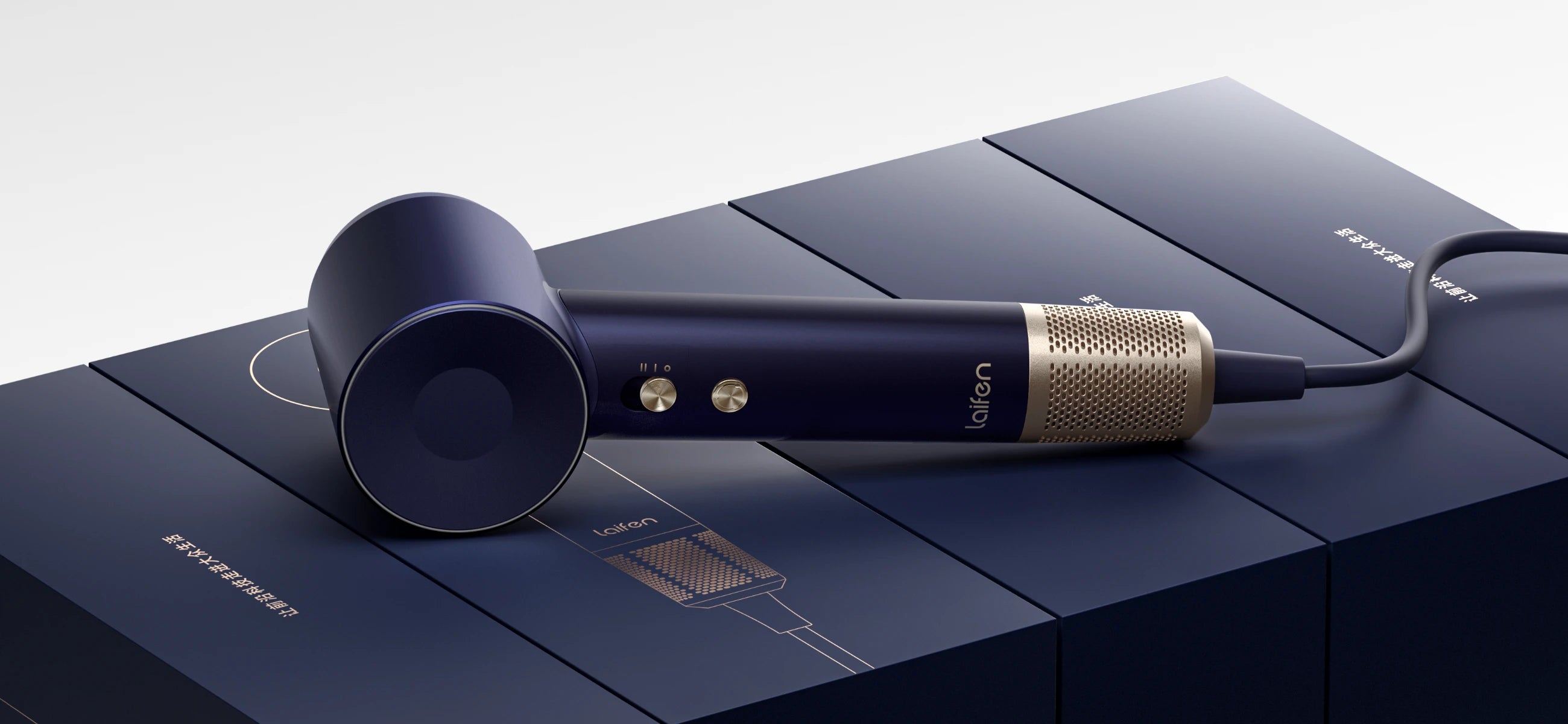
In this article
Today, let's join in the heat gun vs. hair dryer debate. I will explain why some folks turn to hair dryers as makeshift heat guns and uncover the risks involved. We explore the unexpected versatility of both heat gun and hair dryer. Luckily, you're also able to gain smart tips and insights on when to opt for one over the other, and learn how to stay safe amidst the heat. All you need to do is join the discussion and elevate your understanding of these essential tools.
What are the differences between a heat gun and a blow dryer?
|
Aspects |
Heat gun |
Dryer |
|
Purpose |
Industrial applications, DIY projects |
Hair drying and styling |
|
Temperature |
100°F to over 1000°F |
Up to around 400°F |
|
Specialized nozzles for directing heat |
Diffusers, concentrator nozzles |
|
|
Versatility |
Wide range of industrial and DIY uses |
Tailored heat and speed settings for hair styling |
|
Safety |
High risk of burns or fire if mishandled |
Risk of burns if mishandled, particularly at high temperatures |
As a professional product reviewer, I will tell you the key differences between a heat gun and a blow dryer in the second part.
Heat gun
-
Primarily used for stripping paint, thawing pipes, and shrinking heat shrink tubing.
-
Typically reaches higher temperatures, ranging from 100°F to over 1000°F.
-
May include specialized nozzles for directing heat, such as concentrator nozzles or reflectors.
-
Offers precise temperature control and is suitable for a wide range of industrial and DIY applications.
-
Requires caution due to high temperatures, posing a risk of burns or fire if mishandled.
Blow dryer
-
Designed for drying and styling hair by blowing hot or cool air onto damp hair.
-
Offers adjustable heat settings ranging from low to high temperatures, typically up to around 400°F.
-
Includes diffusers and concentrator nozzles for styling versatility, enhancing curls, or creating sleek looks.
-
Provides various heat and speed settings tailored for different hair types and styling preferences.
-
While less extreme than heat guns, blow dryers still pose a risk of burns if mishandled, particularly when used at high temperatures for extended periods.
Can you use a hair dryer as a heat gun for heat shrink?
Can we use a hair dryer as a heat gun? I will say "Yes", a hair dryer can be used as a substitute for a heat gun when heat shrinking materials like heat shrink tubing. While hair dryers typically don't reach the high temperatures of dedicated heat guns, they can still produce enough heat to shrink the tubing, albeit more slowly.
Here are some tips for using a hair dryer as a makeshift heat gun for heat shrink tubing:
Tip 1. Start with the hair dryer set to its highest heat setting for the best results.
Tip 2. Position the hair dryer close to the heat shrink tubing, but be cautious not to touch the tubing with the nozzle.
Tip 3. Keep the hair dryer moving back and forth along the length of the tubing.
Tip 4. Since hair dryers produce lower temperatures compared to heat guns, it may take longer for the tubing to shrink fully.
Tip 5. Thicker or heavier gauge heat shrink tubing may require higher temperatures than what a hair dryer can provide.
Is a heat gun better than a hair dryer for vinyl wrap?
When it comes to installing vinyl wraps, the choice between a heat gun and a hair dryer can significantly impact the outcome of the project. While both tools can generate heat to soften the vinyl and facilitate stretching and molding, heat guns are generally considered superior for several reasons.
Heat guns offer a higher temperature range and more precise temperature control, allowing for more effective and efficient heating of the vinyl material. This results in smoother and more professional-looking installations with fewer wrinkles and imperfections.
Heat guns typically heat up more quickly than hair dryers, reducing installation time and improving overall efficiency. We know that heat guns often come with various nozzle attachments that allow for more focused and directed application of heat, essential for shaping and molding vinyl wraps around curves, corners, and edges. These features make heat guns the preferred choice for professionals and DIY enthusiasts alike when working with vinyl wraps.
While hair dryers can be used as a makeshift alternative for heating vinyl wraps, they are generally less effective and efficient compared to dedicated heat guns.
Therefore, for those seeking professional-quality results and a smoother installation process, investing in a heat gun is often the wisest choice when working with vinyl wraps.
Can you use a hair dryer as a heat gun for embossing?
Sure thing! A dryer can be used as a substitute for a heat gun for embossing projects. While it may not reach the high temperatures of a heat gun, it can still provide sufficient heat to melt embossing powders and create beautiful embossed designs.
Here's a step-by-step guide on how to use a hair dryer for embossing:
Step 1. Gather your embossing supplies, including embossing powders, embossing ink, a heat-resistant surface (such as a craft mat or scrap paper), and the paper or cardstock you wish to emboss.
Step 2. Stamp your desired design onto the paper or cardstock using embossing ink. Keep the ink is evenly applied and covers the entire design.
Step 3. Sprinkle embossing powder over the stamped design, making sure to cover all areas with a thick layer of powder. Tap off any excess powder onto a clean sheet of paper.
Step 4. Hold the hair dryer several inches away from the embossed design and turn it on to its highest heat setting. Move the hair dryer over the design. The powder will begin to melt and become shiny as it adheres to the paper.
Step 5. Once the embossing powder has melted and adhered to the paper, turn off the hair dryer and allow the embossed design to cool completely before handling.
A heat gun is not a hair dryer
A heat gun and a hair dryer are not interchangeable in all situations. People consider using them interchangeably mainly when they lack one of the tools. If you must use a hair dryer as a heat gun or a heat gun as a dryer, I suggest conducting tests or using the lowest settings of the tool. In such cases, you can minimize risks to the lowest extent.

